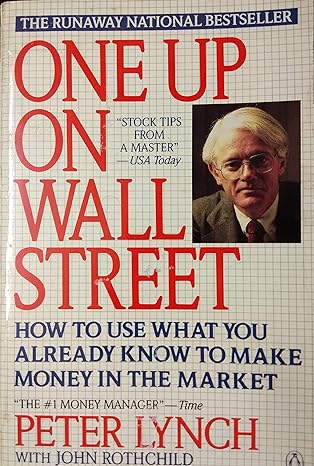Go back


Introduction To Mathematical Modeling From Differences To Differentials(1st Edition)
Authors:
Dr. John L. Scharf, Dr. William Guerin Gray

Cover Type:Hardcover
Condition:Used
In Stock
Include with your book
Free shipping: April 06, 2024Popular items with books
Access to 3 Million+ solutions
Free ✝
Ask 10 Questions from expert
200,000+ Expert answers
✝ 7 days-trial
Total Price:
$0
List Price: $26.36
Savings: $26.36(100%)
Book details
ISBN: 1547031220, 978-1547031221
Book publisher: CreateSpace Independent Publishing Platform
Get your hands on the best-selling book Introduction To Mathematical Modeling From Differences To Differentials 1st Edition for free. Feed your curiosity and let your imagination soar with the best stories coming out to you without hefty price tags. Browse SolutionInn to discover a treasure trove of fiction and non-fiction books where every page leads the reader to an undiscovered world. Start your literary adventure right away and also enjoy free shipping of these complimentary books to your door.
Introduction To Mathematical Modeling From Differences To Differentials 1st Edition Summary: Much of modern applied mathematics deals with modeling processes of change, and implementing the models using computational and graphical computer software. This book allows a new student of applied mathematics to engage in the mathematical modeling process before learning all of the intricacies of calculus and differential equations. This contrasts with more traditional approaches that turn to calculus prior to engaging in modeling. Initially, we focus on discrete models using sequences and differences, applying them to discrete as well as to continuous phenomena. By the end of the book, we transition from discrete sequences and differences to the continuous functions of calculus and their differentials. The resulting continuous models are then applied to continuous as well as to discrete phenomena. All of this leads to a better understanding of the inherent qualities of, and interrelationships between, discrete and continuous models in that both are applied to describe discrete as well as continuous change. The mathematical prerequisites for this study are a proficiency with algebra equivalent to intermediate high school algebra and a good understanding of functions that might typically be learned in a pre-calculus course. A minimal familiarity with computer software applications will also be helpful in calculating model outputs. With this background, a student will be able to exercise and develop mathematical skills while learning how to apply them in modeling, analyzing, and solving practical problems. The power of mathematical modeling is twofold. First, by modeling a phenomenon, we can often come to a better understanding of the factors and processes that influence the outcomes of the phenomena we are modeling. For example, by constructing a numerical model of the processes occurring in a nuclear reactor, we can gain understanding of the relationship between the temperature of the water, the propensity of fissionable atoms to absorb neutrons, and the stability of the reactor. Second, good mathematical models allow us to make predictions of what might happen under various operating conditions. For example, if we can model how a starting balance on a credit card account changes from month to month, we can calculate the balance on the account at any month in the future based on the interest rate and the payment schedule.This book has eleven chapters that progress through the various aspects of mathematical modeling starting with nine chapters in Part I on sequences and differences, and ending with two chapters in Part II introducing differential and integral calculus as a transition from discrete phenomena and models to continuous ones. Each chapter is organized to start with a motivation explaining why the material in the chapter is important. This is followed by a preview activity to initiate active engagement in the new material. An introduction section begins the formal presentation and is followed by detailed explanations with numerous examples. At the end of each chapter, there is a list of learning outcomes that the student should achieve from studying the material in the chapter. Probing questions are embedded throughout all parts of each chapter to help develop understanding of and skill in implementing each of the points studied. A set of more comprehensive exercises that combine the elements each chapter and require thoughtful integration of concepts. Applications are drawn from a wide variety of areas including science, engineering, environmental science, health science, and finance. Some examples presented include planning a safe and effective drug dosage regimen, monitoring a deer population in the presence of cougars, skydiving, controlling the power level in a nuclear reactor, and planning for retirement.
Customers also bought these books
Frequently Bought Together
Top Reviews for Books
DanYel Williams
( 5 )
"Delivery was considerably fast, and the book I received was in a good condition."










